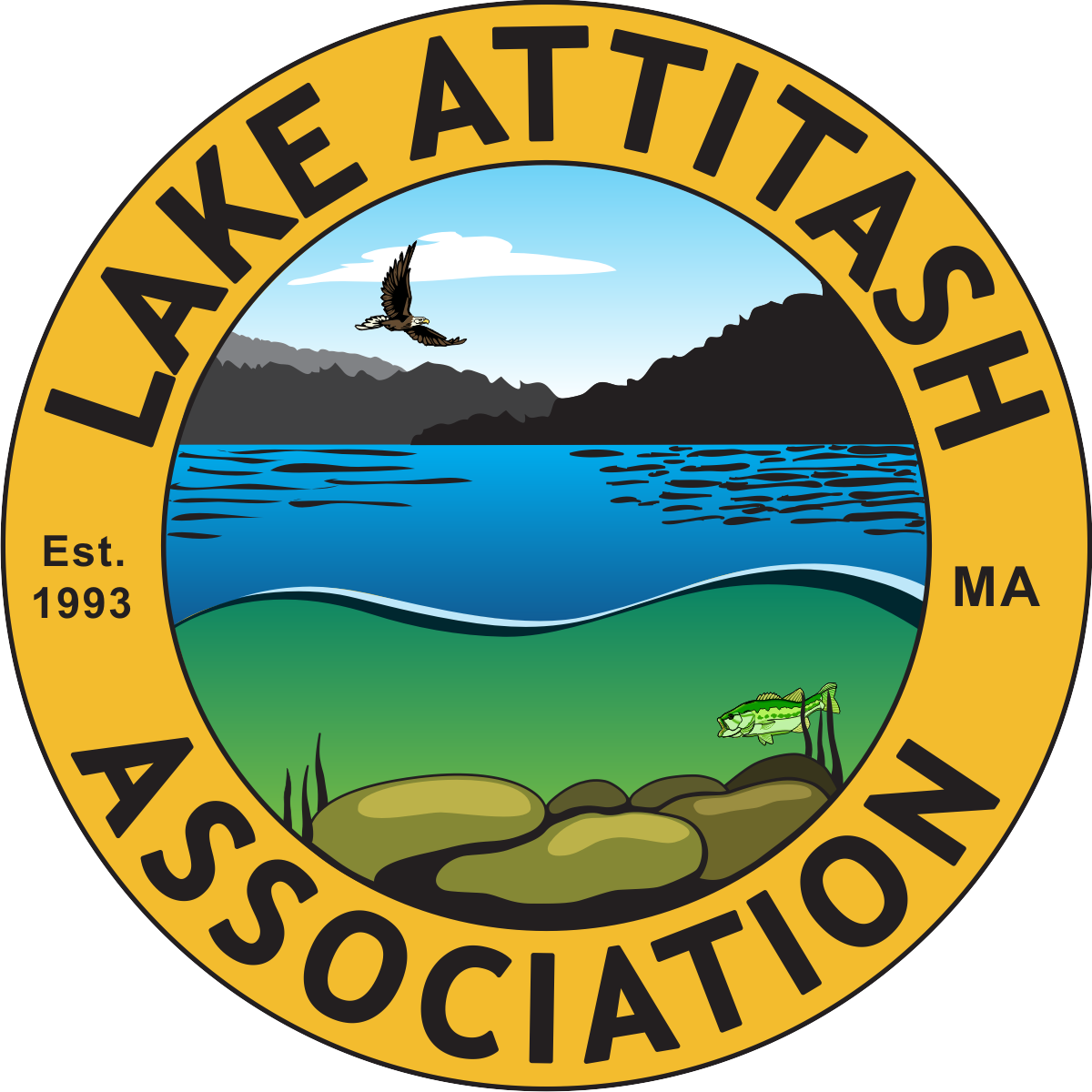Avoid contact with Attitash water – cyanobacteria above limit
The Amesbury Health Department recommends that residents avoid contact with Lake Attitash water because a bloom of cyanobacteria, also known as blue-green algae, has been detected. The advisory will remain in place until further testing shows that levels have fallen below the recommended threshold.
It is unclear at this time, however, whether further testing will be conducted this season. Meanwhile, residents should heed these guidelines from the U.S. Centers for Disease Control and Prevention:
- Donʼt swim, water ski, or boat in areas where the water is discolored or where you see foam, scum, or mats of algae on the water.
- If you do swim in water that might have a cyanobacterial harmful algal bloom, rinse off with fresh water as soon as possible.
- Donʼt let pets or livestock swim in or drink from areas where the water is discolored or where you see foam, scum, or mats of algae on the water.
- If pets (especially dogs) swim in scummy water, rinse them off immediately—do not let them lick the algae (and toxins) off their fur.
- Donʼt irrigate lawns or golf courses with pond water that looks scummy or smells bad.
- Report any “musty” smell or taste in your drinking water to your local water utility.
- Respect any water-body closures announced by local public health authorities.
Sampling at Sandy Beach in Amesbury on August 31 showed the cyanobacteria level at 150,000 cells/ml, which exceeds the state guideline of 70,000 cells/ml. The Lake Attitash Association was not notified about the test results until September 9.
The State of Massachusetts warns that cyanobacteria (“blue-green algae”) are capable of producing toxins that may be harmful to humans and pets if they come in contact with water containing large concentrations. Beachgoers and boaters are warned not to swallow or rinse off with water containing the algae blooms.
More information on cyanobacteria is available through the U.S. Centers for Disease Prevention and Control.
